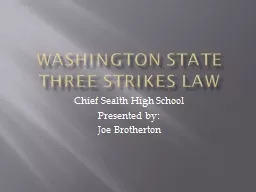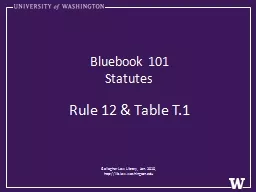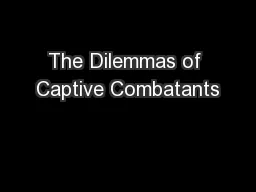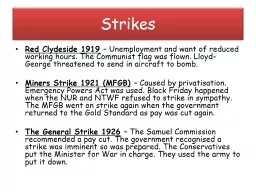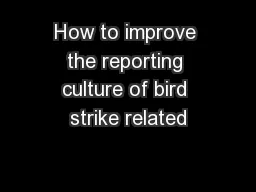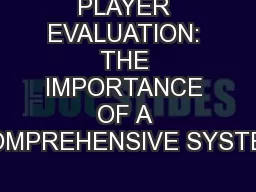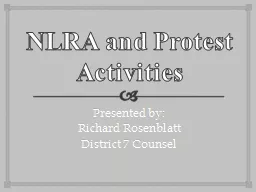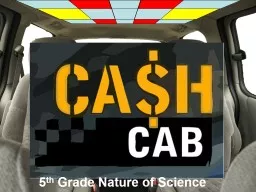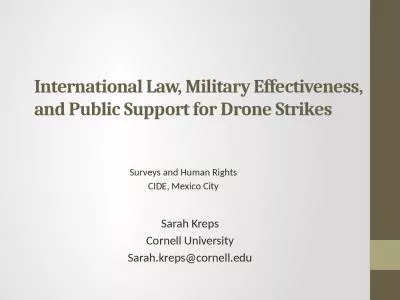PPT-Washington State Three Strikes Law
Author : faustina-dinatale | Published Date : 2015-09-21
Chief Sealth High School Presented by Joe Brotherton Persistent Offenders RCW 994A570 Notwithstanding the statutory maximum sentence or any other provision of this
Presentation Embed Code
Download Presentation
Download Presentation The PPT/PDF document "Washington State Three Strikes Law" is the property of its rightful owner. Permission is granted to download and print the materials on this website for personal, non-commercial use only, and to display it on your personal computer provided you do not modify the materials and that you retain all copyright notices contained in the materials. By downloading content from our website, you accept the terms of this agreement.
Washington State Three Strikes Law: Transcript
Download Rules Of Document
"Washington State Three Strikes Law"The content belongs to its owner. You may download and print it for personal use, without modification, and keep all copyright notices. By downloading, you agree to these terms.
Related Documents

